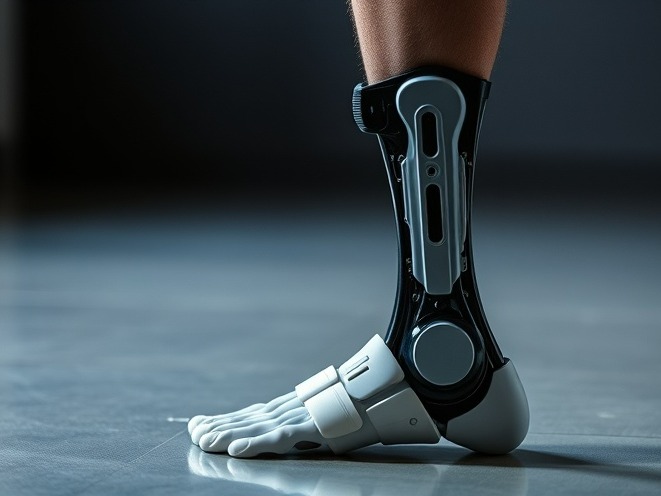
Revolutionizing Prosthetics: The Rise of the Brain-Computer Interface
The integration of advanced brain-computer interfaces (BCIs) into prosthetic limb technology is paving the way for a new era of rehabilitation and mobility. Recent breakthroughs from a coalition of researchers led by neuroscientists at the University of Chicago highlight not just the functional capabilities of bionic limbs but also the reintroduction of a crucial sense: touch.
Understanding the Technology: How BCIs Work
At the core of this innovation is the principles of direct, precisely timed electrical stimulation of the brain. This technique involves implanting miniature electrode arrays into specific regions of the brain—those that correspond to the hand’s movement and sensation. As a patient thinks about moving the robotic arm, neural signals are transmitted to the prosthetic limb, enabling it to execute physical tasks. Simultaneously, sensors embedded in the prosthetic relay tactile information back to the brain, creating the feeling of touch.
Historical Context: Advances in Neuroscience and Robotics
This groundbreaking development is the culmination of years of interdisciplinary collaboration across several esteemed institutions including the University of Pittsburgh and Northwestern University. Scientists in this field have made significant strides in understanding how the brain processes sensory information and how these mechanisms can be harnessed to improve the quality of life for individuals with limb loss.
The Emotional Impact: Making Prosthetics Feel More Human
A major hurdle for prosthetic users has always been the disconnect between the user's intention and the prosthetic's actions. As Dr. Charles Greenspon poignantly stated, the inability to feel can diminish the quality of simple life tasks, turning routine actions like pouring a drink into potential catastrophes. With the new BCI advancements, prosthetic users no longer have to rely solely on sight to gauge their movements, effectively restoring a sense of normalcy and control that has profound implications on their daily lives.
Current Research Insights: Moving Beyond Basic Touch
Traditionally, prosthetic technology only provided a rudimentary sense of touch, a mere representation of contact. Now, thanks to advancements in intracortical microstimulation (ICMS), researchers can replicate more nuanced sensations across the fingertips and palm, allowing users to discern pressure changes and object texture. This nuanced feedback is critical for performing delicate tasks—transforming how individuals interact with their environment.
Future Directions: What’s Next for Prosthetics and BCIs?
The exciting potential of this technology is just beginning to be realized. Future research is poised to enhance the functionality and sensory feedback of prosthetics even further. We may see developments leading to smarter, more responsive prosthetic limbs that can adapt to various tasks, environments, and personal preferences, further integrating into the lives of their users.
Steps for Health Practitioners: Embracing the Change
As health practitioners, it is crucial to stay abreast of these technological advancements and understand their implications for practice and patient care. Ensuring that patients have access to the latest prosthetic technologies can significantly enhance their rehabilitation journey. By cultivating an understanding of how BCIs function and how they can be integrated into patient care, practitioners can align their practices with pioneering advancements that offer improved outcomes.
 Add Row
Add Row  Add
Add 






Write A Comment